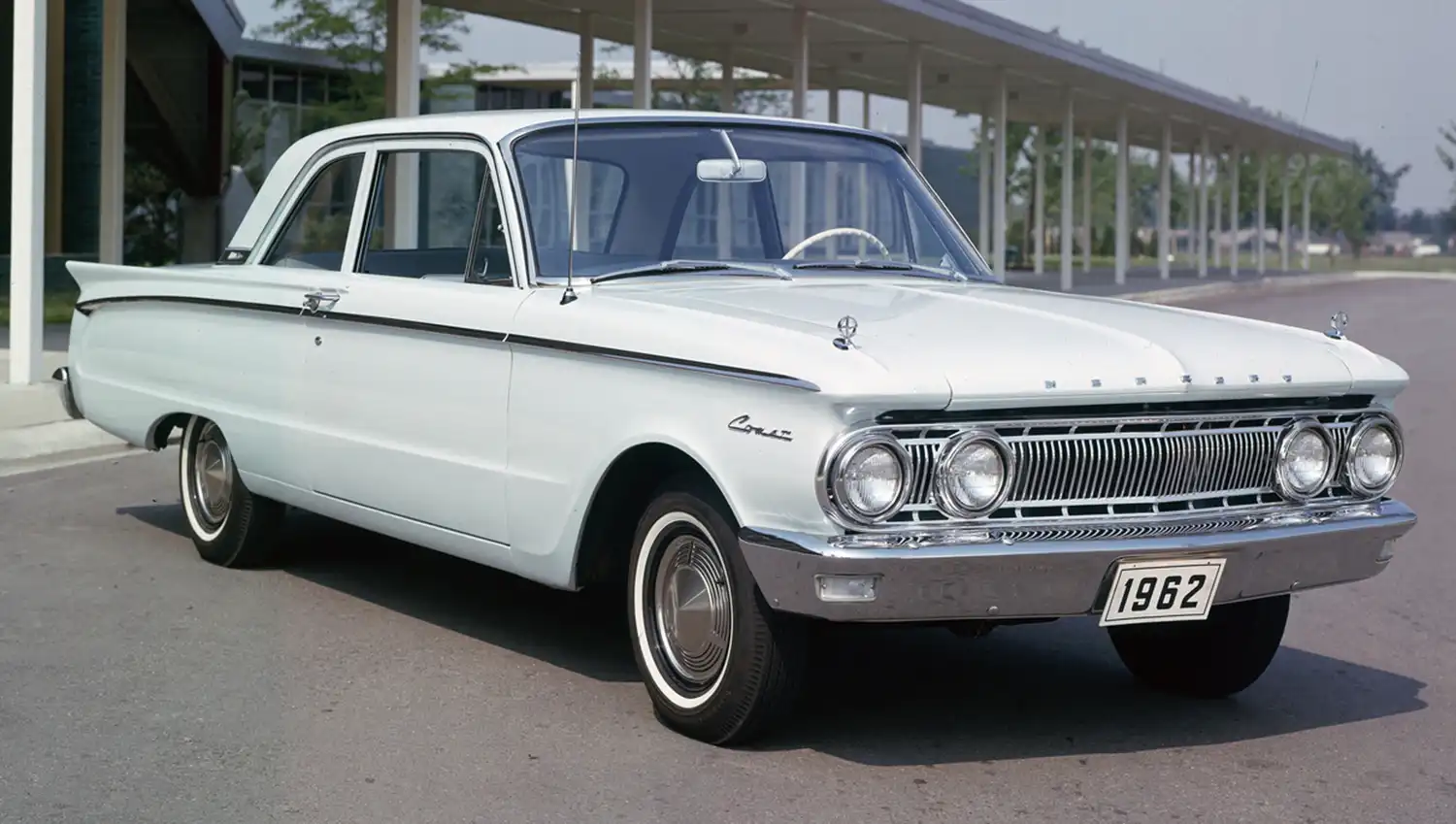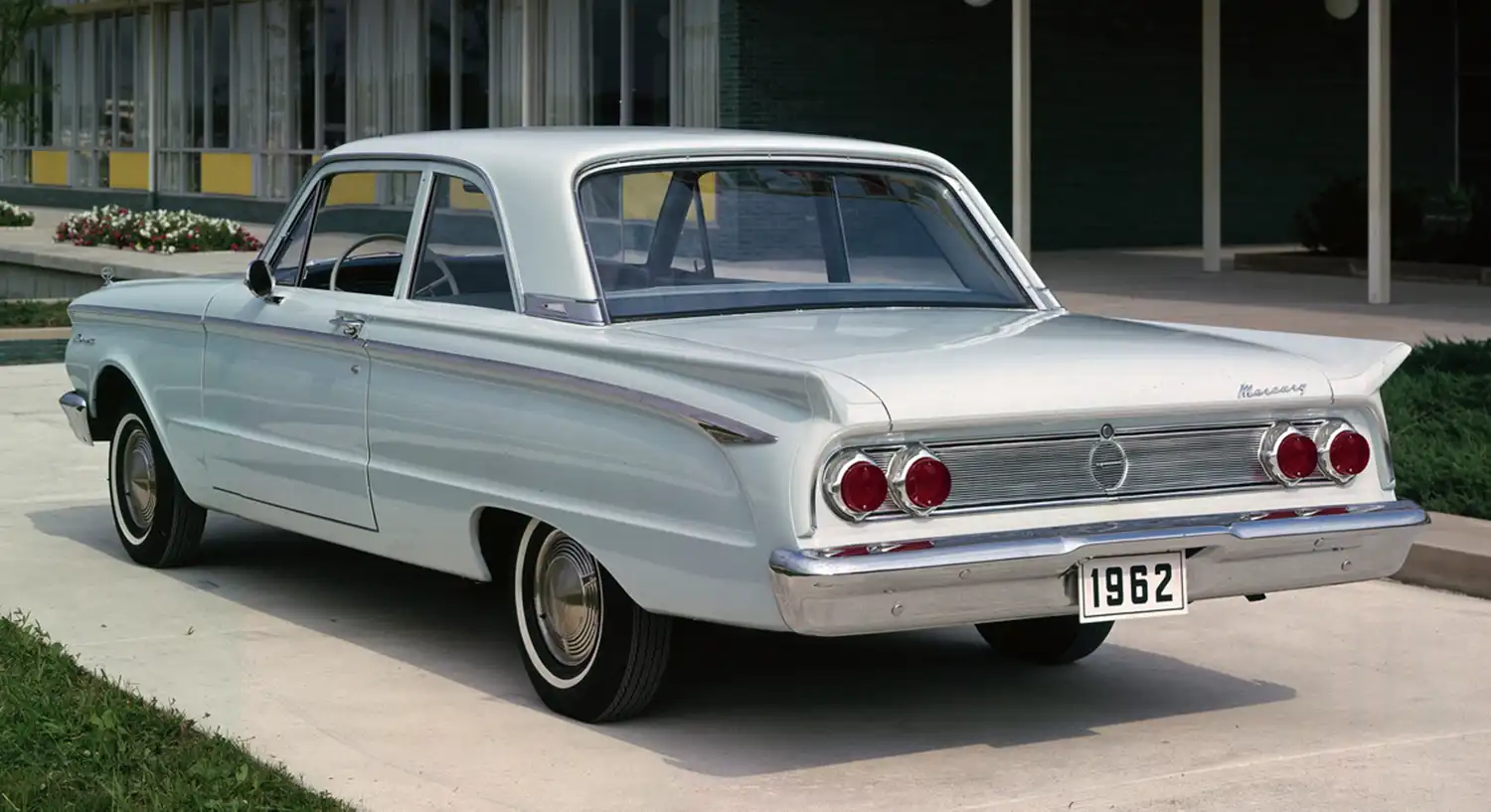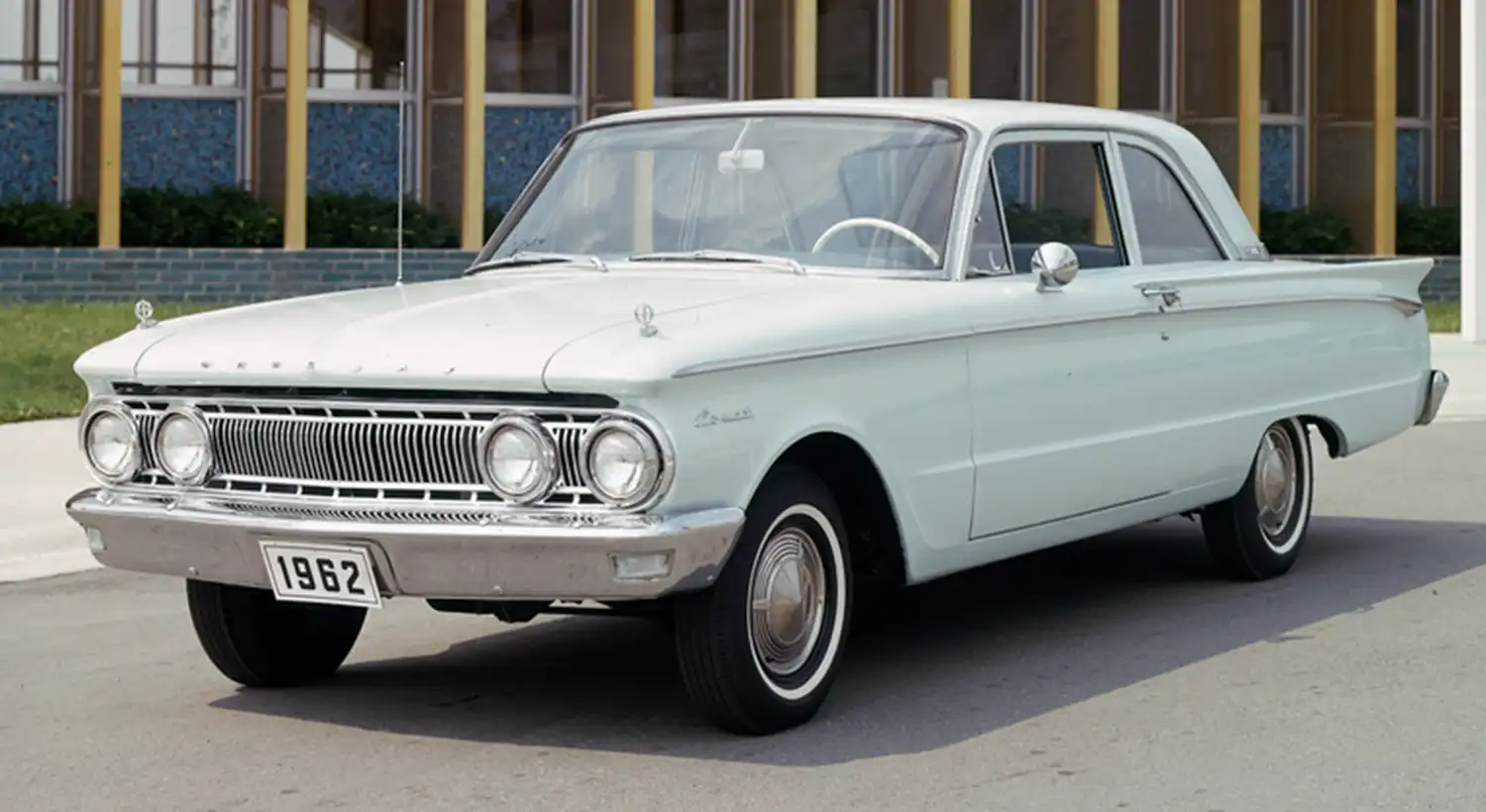
When you think of classic cars from the early 1960s, a few iconic models immediately come to mind. Yet, there are some unsung heroes that quietly shaped the automotive landscape, offering a blend of practicality and distinct style. Among these is the 1962 Mercury Comet two-door sedan, a car with a truly unique story and an important place in American automotive history. It was a vehicle that bridged the gap between basic transportation and a touch of luxury, setting itself apart from its peers.
From Edsel Idea to Mercury Mainstay
Believe it or not, the Comet’s journey began with the ill-fated Edsel division. It was originally conceived as an Edsel model, a compact entry into the market. However, when the Edsel marque closed, the Comet found a new home. It was rebranded and sold through Lincoln-Mercury dealerships, initially as a standalone “Comet” for 1960 and 1961. Finally, for the 1962 model year, it officially received its Mercury badging, solidifying its place in the Mercury lineup. This shift marked a significant moment for the car, giving it the recognition it deserved.
Distinctive Design Elements Emerge
The 1962 Mercury Comet two-door sedan retained some design cues from its Edsel origins, particularly in its initial canted elliptical taillights. However, by 1962, Mercury designers gave the Comet a refreshed rear-end styling, incorporating round taillights that aligned more with the contemporary Mercury look. The car featured a prominent chrome spear running along its beltline, adding a touch of elegance. Its quad headlights, a step up from simpler compacts, also gave it a more upscale appearance.

Interior Comfort and Smart Features
Inside the 1962 Mercury Comet, buyers found a surprisingly well-appointed cabin for a compact car of its time. The interior offered more upgraded trim compared to its Ford Falcon cousin, often including more carpeting and higher-quality materials. Standard features for models like the Custom series included stainless-steel window trim and a “wall-to-wall” carpeting. These touches truly elevated the driving experience. A deluxe steering wheel with a bright-finish horn ring completed the look.
Dashboard and Instrumentation
The dashboard of the 1962 Comet featured a logical layout, prioritizing driver convenience. Instrumentation was clear and easy to read. Models often included a speedometer and gauges for oil pressure, fuel level, voltage, and coolant temperature. The center of the dash typically sported a Comet badge, affirming its identity. While not overflowing with gadgets, the interior was functional and thoughtfully designed, allowing for comfortable motoring.

Powering the 1962 Mercury Comet
Under the hood, the 1962 Mercury Comet two-door sedan offered a choice of efficient inline-six engines. The base engine was the 144 cubic inch “Thrift-Power” six-cylinder, producing around 85-90 horsepower. For those desiring a bit more pep, an optional 170 cubic inch “Thrift-Power” six-cylinder became available, bumping output to approximately 101 horsepower. These engines were designed for economy and reliability, rather than outright speed, catering to the sensible buyer of the era.
Transmission Options and Ride Quality
Power was typically sent to the rear wheels through either a standard three-speed manual transmission or an optional two-speed Ford-O-Matic automatic transmission. The Comet’s unibody construction provided a solid foundation, contributing to a surprisingly smooth ride for a compact vehicle. Its longer wheelbase, compared to some direct competitors, also helped in delivering a stable and comfortable cruising experience. Drivers often praised its ability to absorb road imperfections, making it a pleasant car for daily driving or longer journeys.
The Comet’s Enduring Legacy
The 1962 Mercury Comet two-door sedan carved out an important niche in the compact car market. It offered a compelling package that balanced affordability with a touch of sophistication and more substantial styling than its immediate competitors. Its role in solidifying Mercury’s identity as a step above the basic Ford models cannot be overstated. The Comet proved that compact cars could be both economical and stylish, paving the way for future designs that aimed to achieve this balance. Today, it remains a charming classic, cherished by enthusiasts for its unique history and timeless appeal.
Disclaimer: Information regarding vehicle history and specifications is based on available data and general automotive knowledge for the 1962 Mercury Comet two-door sedan. Specific details may vary for individual vehicles.
Source: Ford Heritage Vault
